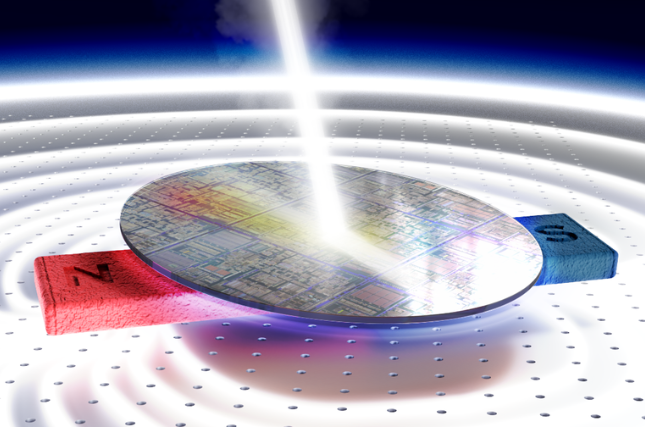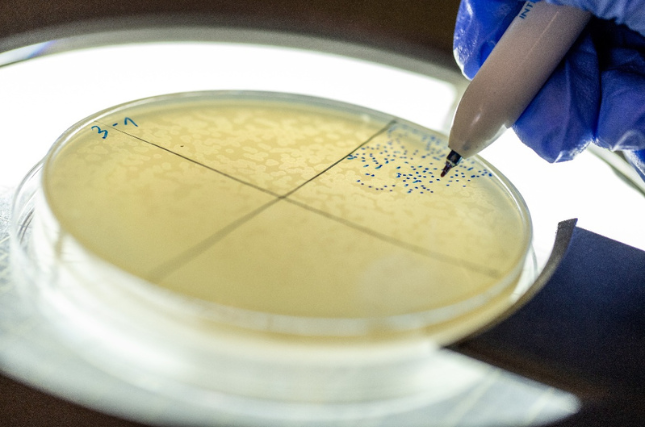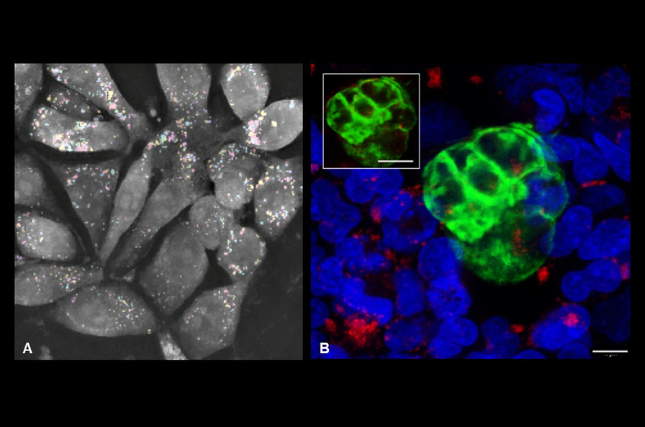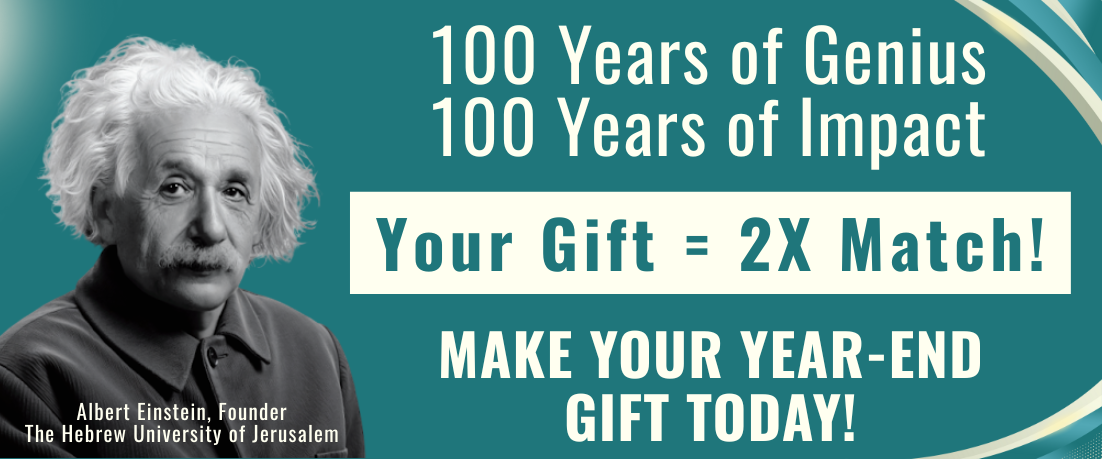
July 17, 2025 – A team of scientists has developed a powerful new way to detect subtle magnetic signals in common metals like copper, gold, and aluminum—using nothing more than light and a clever technique. Their research, recently published in the prestigious journal Nature Communications, could pave the way for advances in everything from smartphones to quantum computing.
For over a century, scientists have known that electric currents bend in a magnetic field—a phenomenon known as the Hall effect. In magnetic materials like iron, this effect is strong and well understood. But in ordinary, non-magnetic metals like copper or gold, the effect is much weaker.
In theory, a related phenomenon—the optical Hall effect—should help scientists visualize how electrons behave when light and magnetic fields interact. But at visible wavelengths, this effect has remained far too subtle to detect. The scientific world knew it was there but lacked the tools to measure it.
“It was like trying to hear a whisper in a noisy room for decades,” said Prof. Amir Capua. “Everyone knew the whisper was there, but we didn’t have a microphone sensitive enough to hear it.”
Led by Ph.D. candidate Nadav Am Shalom and Prof. Amir Capua from the Institute of Electrical Engineering and Applied Physics at Hebrew University, in collaboration with Prof. Binghai Yan from the Weizmann Institute of Science, Pennsylvania State University, and Prof. Igor Rozhansky from the University of Manchester, the study focuses on a tricky challenge in physics: how to detect tiny magnetic effects in materials that aren’t magnetic.
“You might think of metals like copper and gold as magnetically ‘quiet’—they don’t stick to your fridge like iron does,” explained Prof. Capua. “But in reality, under the right conditions, they do respond to magnetic fields—just in extremely subtle ways.”
The challenge has always been how to detect these tiny effects—especially using light in the visible spectrum where laser sources are readily available. Until now, the signal was simply too faint to observe.
To solve this, the researchers upgraded a method called the magneto-optical Kerr effect (MOKE), which uses a laser to measure how magnetism alters light reflection. Think of it like using a high-powered flashlight to catch the faintest glint off a surface in the dark.
By combining a 440-nanometer blue laser with large-amplitude modulation of the external magnetic field, they dramatically boosted the technique’s sensitivity. The result: they were able to pick up magnetic “echoes” in non-magnetic metals like copper, gold, aluminum, tantalum, and platinum—a feat previously considered near-impossible.
The Hall effect is a pivotal tool in the semiconductor industry and in studying materials at the atomic scale: it helps scientists figure out how many electrons are in a metal. But traditionally, measuring the Hall effect means physically attaching tiny wires to the device, a process that is time-consuming and tricky, especially when dealing with nanometer-sized components. The new approach, however, is much simpler: it merely requires shining a laser on the electrical device; no wires needed.
Digging deeper, the team found that what appeared to be random “noise” in their signal wasn’t random at all. Instead, it followed a clear pattern tied to a quantum property called spin-orbit coupling, which links how electrons move to how they spin—a key behavior in modern physics.
This connection also affects how magnetic energy dissipates in materials. These insights have direct implications for the design of magnetic memory, spintronic devices, and even quantum systems.
“It’s like discovering that static on a radio isn’t just interference—it’s someone whispering valuable information,” said Ph.D. candidate Am Shalom. “We’re now using light to ‘listen’ to these hidden messages from electrons.”
The technique offers a non-invasive, highly sensitive tool for exploring magnetism in metals—without the need for massive magnets or cryogenic conditions. Its simplicity and precision could help engineers build faster processors, more energy-efficient systems, and sensors with unprecedented accuracy.
“This research turns a nearly 150-year-old scientific problem into a new opportunity,” said Prof. Capua.
“Interestingly, even Edwin Hall, the greatest scientist of all, who discovered the Hall effect, attempted to measure his effect using a beam of light with no success. He summarizes in the closing sentence of his notable paper from 1881: “I think that, if the action of silver had been one tenth as strong as that of iron, the effect would have been detected. No such effect was observed.” (E. Hall, 1881).”
“By tuning in to the right frequency—and knowing where to look—we’ve found a way to measure what was once thought invisible.”
The research paper titled “A sensitive MOKE and optical Hall effect technique at visible wavelengths: insights into the Gilbert damping” is now available in Nature Communications and can be accessed here.
Researchers:
Nadav Am-Shalom1, Amit Rothschild1, Nirel Bernstein1, Michael Malka1, 4 Benjamin Assouline1, Daniel Kaplan2, Tobias Holder2, Binghai Yan2,3, Igor Rozhansky4, Amir Capua1
Institution:
- Institute of Electrical Engineering & Applied Physics, The Hebrew University of Jerusalem
- Department of Condensed Matter Physics, Weizmann Institute of Science
- Department of Physics, Pennsylvania State University
- National Graphene Institute, University of Manchester




